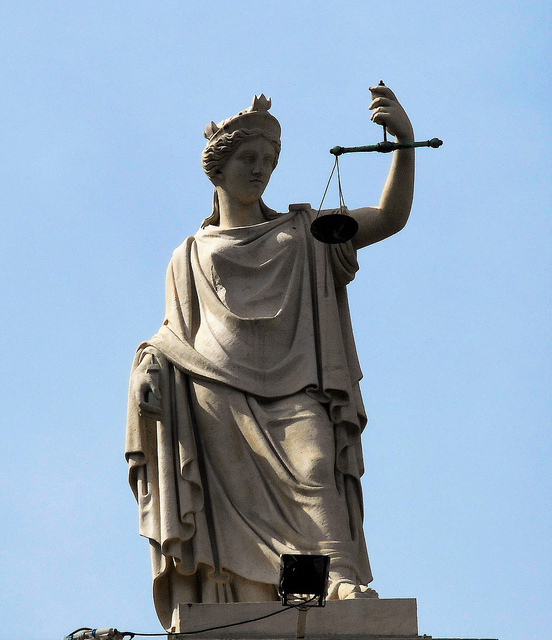Maryland, 1984. A young girl, Dawn Hamilton, aged 9, was looking for her friend Lisa in the woods. She came across two boys playing by a pond and asked them to help her find Lisa. They declined, then a man wandered over and said that he would help her. Dawn was later found dead in a horrific murder.
The two boys were asked to describe the man they saw that day. In a rudimentary mistake by the police, they were asked together to create an image using an identi-kit- a thin man with curly blond hair. Police then arrested Kirk Bloodsworth, a young man recently discharged from the marines. He had red hair and a heavier build.
His image was all over television, the local people baying for the blood of this murderer. The witnesses didn’t even identify him in the initial line-up.
Still, in 1985 he was convicted of the sexual assault, rape, and first-degree murder of Dawn Hamilton. He was sentenced to death.
Determined to prove his innocence, Bloodsworth set out to find any method to exonerate himself. In 1992, he read of a revolutionary case in which DNA had been used to convict Colin Pitchfork in the murders of two 15-year old girls. After much persuasion, he was exonerated of the murder of Dawn Hamilton, using DNA evidence.
It seemed like the murderer was still at large, but this was actually not the case. Dawn’s killer was in the same prison as Bloodsworth, a few cells down from him. They would see each other regularly, with Kimberly Ruffner being aware that Bloodsworth was convicted of his crime.
After his experiences in the system, Kirk Bloodsworth is now an advocate for using DNA for exoneration. He has spoken extensively about his story, such as this video:
Learning about this, I was curious as to the extent of wrongful convictions both here and in the US, with its vast criminal justice system. From 1989 to 2016 1,761 people had been exonerated, including Walter Lomax, who lost 46 years behind bars.
Here in the UK, a scandal in late 2017 involved as many as 10,000 cases affected by the manipulation of toxicology reports. https://www.independent.co.uk/news/uk/crime/forensic-labs-data-manipulation-criminal-convictions-doubt-randox-testing-services-investigation-a8066966.html
It is vital to realise the effects of any conviction, right or wrong, on an individual’s life. Jobs, travel, even custody arrangements can be affected by even a minor sentence. And then imagine the impact of having all those effects, when you haven’t done anything to deserve it in the first place.
The Centre for Criminal Appeals is one charity aiming to help those who are wrongfully convicted. An example of a case they’re working on is that of the “Freshwater Five”, a crew who went out on an ordinary fishing trip, and became embroiled in a massive drug operation in the English Channel.
It goes without saying that we cannot just believe everything a person says. But people must be tried with enough evidence for an unequivocal decision. Human beings are fallible; as a result, the justice system does make mistakes and there needs to be effective methods of appeal for those who have been wronged.

